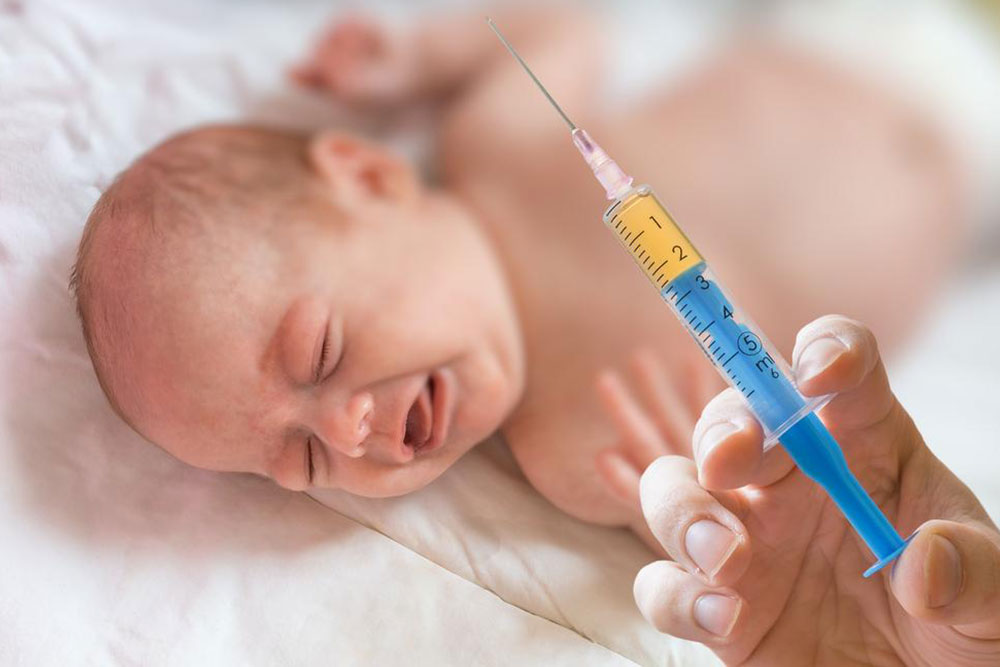Hemolytic disease – A blood disorder in newborns
Hemolytic disease is one of the blood disorders that is found in newborns, or in a fetus. In some cases the disease can be life threatening.
The normal timeline of RBC (red blood cells) is of 120 days. In case of hemolytic disease, the red blood cells are destroyed earlier than 120 days.
Causes of hemolytic disease
Red blood cells can cross from the fetus into the mother’s blood during pregnancy with the help of placenta.

The condition of hemolytic disease develops when the mother and the fetus (the unborn baby) have different blood group. The blood group is based on small molecules that are placed on the surface of the red blood cells.
There are 4 types of blood groups A, B, AB, and O. The most common mismatches might occur between these 4 blood groups, and they are not severe. The condition turns into a Hemolytic disease, when the Rh factor of the mother and the unborn baby are different. For instance, when the blood group of the mother is A positive and that of the unborn baby is B negative.
Signs and Symptoms
The symptoms of this blood disorder include:
- Swelling under the surface of the skin, this is medically termed as Edema.
- Jaundice, that occurs sooner than usual and is more severe than is usually observed.
- Low blood count (Anemia)
- Enlarged liver or spleen
- Deposition of fluids in spaces containing heart, lungs, and abdominal body. This condition is called as Hydrops which can lead to heart or respiratory failure.
Treatment and prevention
Infants suffering from this type of blood disorders can be treated with:
- Being fed more often and receive more fluids
- Phototherapy, or light therapy which uses blue lights that converts bilirubin that the baby’s body can get rid of
- Administering antibodies that can protect the baby’s red blood cells from getting destroyed
- Medications (prescribed by the doctor) to keep the blood pressure of the baby, normal
- In severe cases, blood transfusion may be required. Blood transfusion is a process in which large amount of blood is removed along with bilirubin and antibodies and is infused with fresh donor blood.
- The pregnant mother can be tested for Rh compatibility. If it turns out to be different from that of the baby, talk to your health care provider who will guide you with various prevention options for the same.